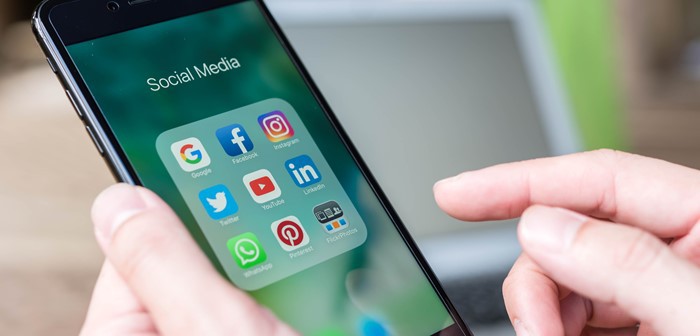The 7/7 London bombings marked a turning point for the British media, resulting in the emergence of ‘citizen’s journalism’ as the public assumed the roles of reporters and correspondents. For the first time in history, amateur footage was regarded as more newsworthy than that of professionals, with smartphone video sequences from affected tube cars leading the BBC Six O’Clock bulletin.
Fast forward a decade and the public are not just responsible for sourcing the news during a disaster, but shaping and disseminating it too. The potential reach of information posted on social media is enormous, and while this can be invaluable in locating loved ones and pooling resources, it also brings complications that shouldn’t be ignored.
The spread of misinformation during terrorist attacks is a real problem, and can often amplify the perpetrators’ goal to incite widespread fear. This became particularly apparent during the recent Manchester attacks, where the terrorists used an app called Telegram to spread false information that there were shooters all over the city. Understandably this was picked up by the public and spread across social media, raising hysteria and ultimately making the emergency services’ job more complex.
In the same way, many have questioned the deployment of Facebook’s Safety Check feature during such events, with the principal issue being one of scale. During the recent attack at Westminster, in which five people died and 50 were injured in a tragic yet isolated incident, the Safety Check’s ‘affected map’ area extended way beyond London into Essex and Hertfordshire. Ultimately what this serves to do is make danger our default setting when such instances occur, and raise concern for people not under immediate threat.
That is not to suggest that social media has no role to play in a time of crisis. During natural disasters, traditional communication systems tend to overload and fail, as opposed to robust mobile communications that need comparatively small amounts of data to operate. Social Media was an integral part of the response during Hurricane Sandy in 2012, with the Red Cross able to distribute supplies based on pleas for help across Twitter. Similarly, during the Nepal Earthquake in 2015, thousands of people turned to Facebook to offer aid and shelter for those affected.
Recent events would suggest that we’re becoming increasingly savvy to the best use of social media in such circumstances. Posts that spread in the wake of the attacks in London last weekend contained less misinformation, hearsay and gore than we have become accustomed to. This can be largely attributed to the efforts of the Metropolitan Police Twitter account, which coupled pleas with people to show restraint in what they shared with reliable updates on the situation as it unfolded.
The use of social media during disasters is still very much in its infancy stage, and there are many lessons to be learned. It is the duty of media owners, lawmakers, regulators and every social media user to work out the best way to harness such platforms in times of crisis, not only to reduce the anxiety felt by those not directly involved but ensure the safety of those who are.




